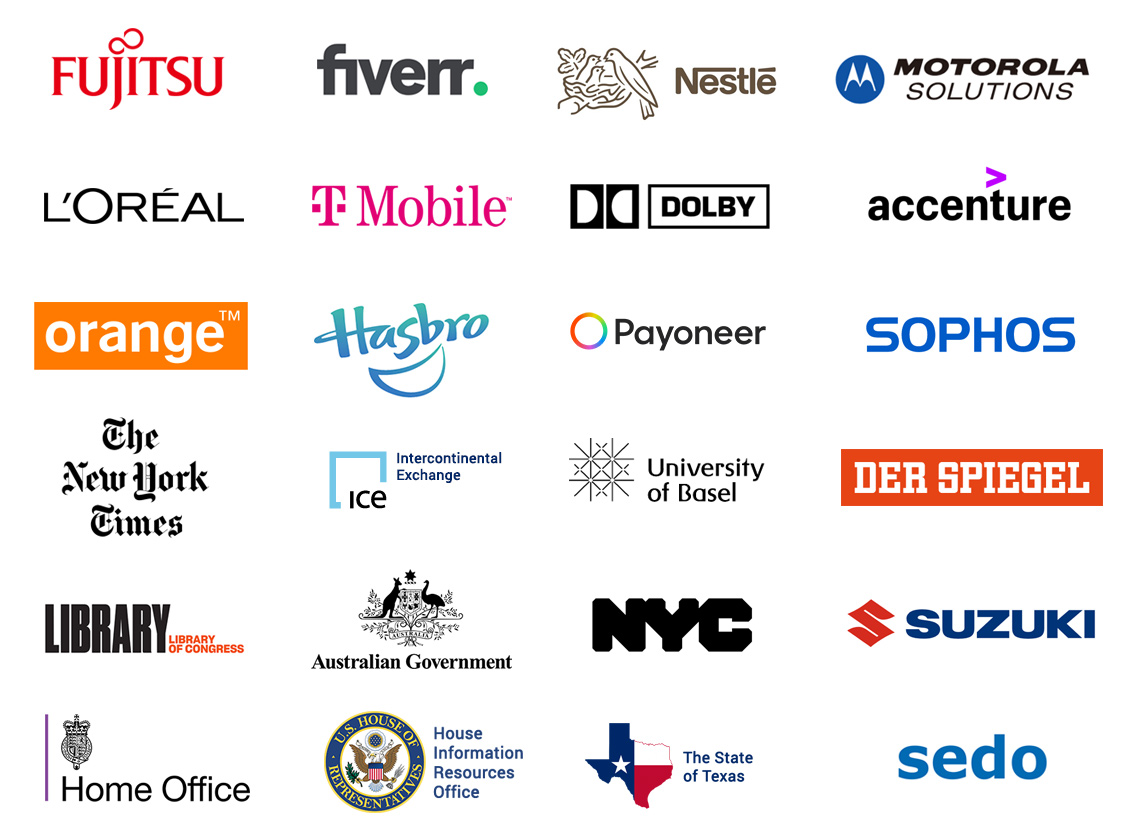TLDR: You can instantly access a sandboxed Edge browser via browserling.com/edge. My team and I have virtualized all Edge versions, delivering the browser's interface directly to you via a video stream. Each Edge instance starts with a fresh profile, and all profile data, including cookies, downloads, and history, are purged when the browser is closed.
Sandboxed Edge – What Is It?
A sandboxed Edge browser is a security-enhanced version of the Microsoft Edge browser that operates in a remote, isolated virtual machine, separating the browser's operations from the user's computer. This isolation mechanism enhances security by mitigating risks from malicious websites or downloads, as it prevents malware from escaping the sandbox to affect the system or user data. Additionally, it supports privacy by ensuring that each browsing session is unique, without long-term tracking of user activities, making it ideal for testing suspicious links or content in a controlled and secure manner.
How Does a Sandboxed Edge Work?
A sandboxed Edge browser works by booting a new cloud server for each browsing session, where the browser operates with a fresh, clean profile with no data from previous sessions. This ensures that each session is isolated, clean, and secure. The user interface is delivered via a video stream to minimize risk of accidental code execution on the user's system. Upon session termination, the cloud server, along with the browser and all session data, is completely destroyed, ensuring that no information can be tracked or compromised, thus offering a robust solution for cybersecurity needs.
Regular Edge vs Sandboxed Edge – What's the Difference?
The primary difference between a regular Edge browser and a sandboxed Edge browser lies in their security and privacy. A regular Edge browser operates directly on user's device, potentially allowing malware and malicious executables to compromise user data and system integrity. In contrast, a sandboxed Edge browser runs in a remote, isolated environment, such as a cloud-based virtual machine, ensuring each session starts with a clean state and is entirely separated from the user's system. This isolation not only mitigates the risk of malware infections and data breaches but also ensures that no session data is retained, offering a higher level of security and privacy for cybersecurity applications.
What Are Sandboxed Edge Use Cases?
Accessing Old Edge Versions
A sandboxed Edge allows developers to access and interact with previous versions of the Edge browser, enabling testing and debugging of web applications across different browser versions.
Testing Edge Features
Developers use a sandboxed Edge browser to try new and experimental features in a separate environment, ensuring that any potential bugs or security vulnerabilities do not affect their primary operating system.
Running Legacy Edge Applications
Users can run legacy applications specifically designed for older versions of Edge in a sandboxed environment, ensuring compatibility without having to maintain old Edge versions on their systems.
Edge Performance Benchmarking
Developers use a sandboxed Edge to conduct JavaScript and HTML rendering engine performance benchmarking in a consistent and isolated environment, ensuring that other processes on the user's computer do not influence the results.
Edge Extension Testing
A sandboxed Edge allows users to test new or unverified browser extensions in a secure environment, safeguarding their main browser setup from potential vulnerabilities introduced by these add-ons.
Suspicious Link Investigation
Cybersecurity experts utilize a sandboxed Edge to safely investigate suspicious links, isolating any potential threats from the main system and preventing malware infections.
Malicious Download Investigation
A sandboxed Edge is ideal for downloading and inspecting files that may contain malware, providing an additional layer of security by containing the threat within the sandbox.
Privacy-focused Browsing
Privacy-conscious users leverage a sandboxed Edge for private browsing activities, knowing that their browsing data and history are wiped clean after each session, ensuring no tracking or data retention.
Cross-browser Testing
A sandboxed Edge allows developers to test how web applications perform in different Edge versions on different operating systems (such as Windows 10 and Windows 11) without the need for multiple physical machines, saving time and resources.
Educational Purposes and Demos
Instructors and educators use a sandboxed Edge for teaching web development and cybersecurity concepts, allowing students to experiment in a risk-free environment.
Security Training Simulations
Organizations utilize a sandboxed Edge for cybersecurity training, allowing trainees to interact with simulated threats and practice safe browsing habits in a risk-free environment.
Which Edge Versions Can Be Sandboxed?
At Browserling, we have virtualized multiple Edge versions, making them available for cybersecurity, web development and testing use cases. These versions can be accessed through a special URL scheme:
browserling.com/edge/$version
Replace $version with the specific version number of the Edge browser you need.
For instance, to access Edge version 100, use the link:
To access version 110, the link is:
What Is Browserling?
Browserling is a virtual browser platform that provides users with access to all versions of sandboxed Edge browsers, starting from version 100, in a secure, remote environment. This service is invaluable for developers and cybersecurity professionals, enabling them to test web applications across different browser versions, investigate suspicious links or content, and ensure compatibility without risking their own systems.
Who Uses Browserling?
Browserling has now become the sandboxed browser platform of choice for security professionals and web developers, and it's used by hundreds of thousands of users around the world every month. Browserling's customers include governments, states, cities, banks, stock exchanges, universities, newspapers, Fortune 100, Fortune 500 companies, and private multi-billion dollar companies.

Browse safe!
